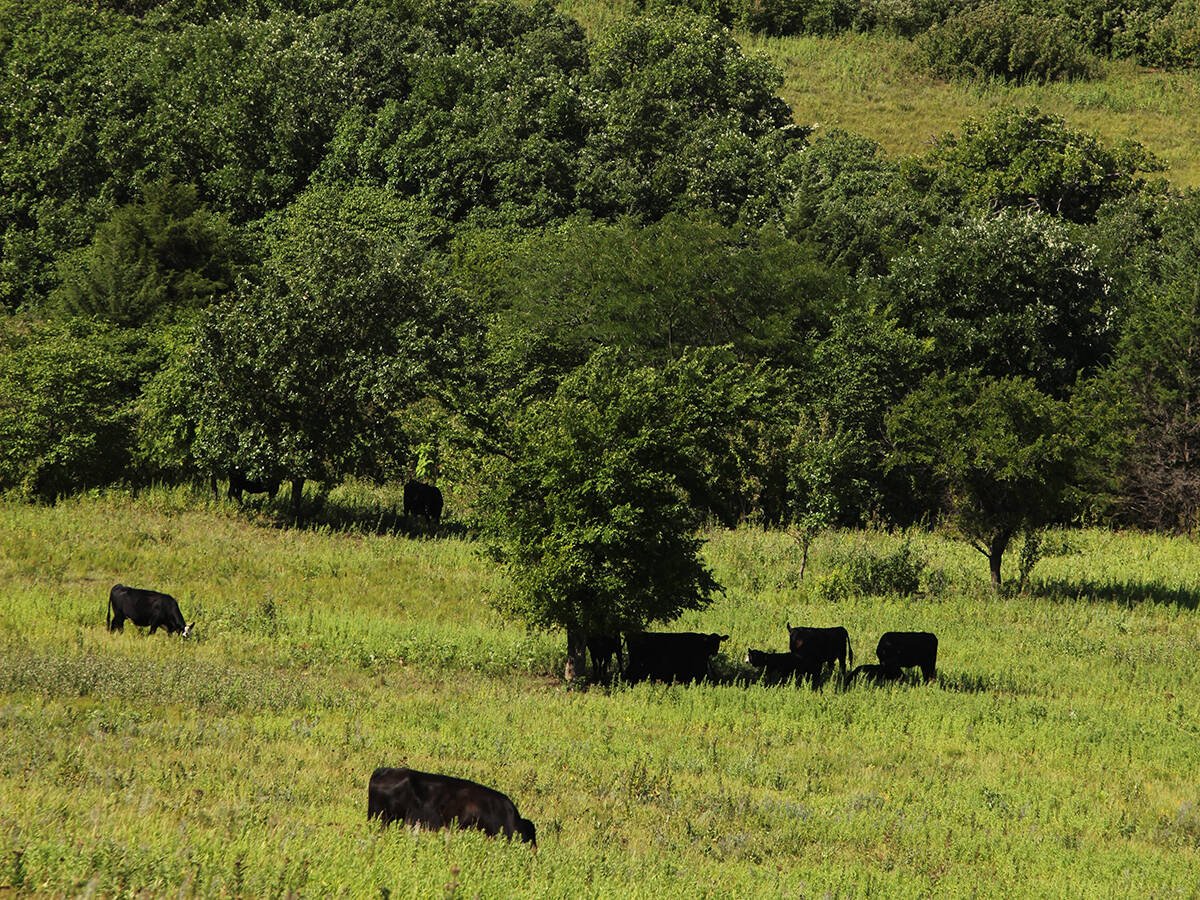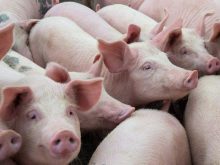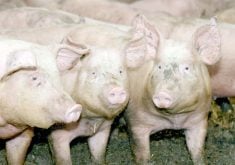SWIFT CURRENT, Sask. – Calving dates always generate debate.
Is it better to calve in the January cold, the iffy weather of April or the warmth of June?
Three producers offered their perspective at the recent Foraging into the Future conference.
Winter
Karla and Jason Hicks of Bluestone Stock Farms near Mortlach, Sask., start calving shortly after ringing in the new year.
Two-thirds of their 600 cows are Black Angus or Black Angus cross. The herd has changed over time from a purebred Charolais operation.
Read Also

Beef cattle more prone to trace mineral deficiencies
The trace mineral status of our cows and calves is a significant challenge for western Canadian producers and veterinarians.
Karla Hicks said calving occurs over six-week periods beginning with the purebreds in January and February. The commercial herd calves closer to spring.
The plan is to sell the larger calves in the fall and keep the lighter ones over the winter to background.
They sell yearling bulls in the spring, but also like to hit the purebred sales in December.
The Hicks family grows its own feed, grain and silage and backgrounds cattle.
Labour issues are one reason why calving starts early – the family has a lot to do.
Hicks said the January weather in the past few years has been fine for calving. The purebreds are on a barley stubble field and will move to an alfalfa-barley silage field to calve.
Most of the cows calve in the coulees.
“We’re not overmanaging our purebreds,” she said.
Spring
Glen and Lynn Sauder used to calve in January but found it was too much work.
After the discovery of BSE in Canada in 2003 closed international sales, the Sauders took a look at their business, cut a hired man and moved the calving season.
They raise purebred Charolais and Red Angus as well as commercial cattle on their CharTop Charolais ranch near Gull Lake, Sask.
Glen Sauder said they bring in the first 20 or so Charolais cows as calving begins but the rest calve in the hills where there are lots of trees. The reed canary grass that grows in the willows offers excellent bedding.
He said he prefers this style of calving to corrals.
A spring storm last year cost the operation some calves, but he said the switch seems to be working well.
On the commercial side, he doesn’t think the earlier, bigger calves were bringing that much extra money.
The Sauders now background more commercial calves than they did before.
“I sometimes think we should even be calving later and backgrounding all our calves.”
Summer
Calving on Neil and Denise Block’s ranch in the Great Sandhills of western Saskatchewan occurs through the lazy days of summer.
The 700 cows and 350 heifers, most of them Angus, begin calving June 10. The process is usually complete by July 25.
Neil Block said the cows have four to six weeks of good grazing before calving and he generally sees no health or weather issues.
“The forage curve meets the demand curve of the cows,” he said.
The cows wean their calves through the winter, and the calves are then separated and processed. The heavier 600 to 700 pound calves are sold for cash flow and the rest are kept on grass.
Block continually weighs and sorts to obtain uniform lots. He said his cattle seem to be the right weight at the right time, with the 500 to 600 lb. calves ready at the end-of-May peak and the 700 to 800 lb. calves ready for the August peak.
He said the ranch’s nutritionist told him that cows born in June are more fertile. He has noticed increased conception rates, and the ranch quit pregnancy testing four years ago.















